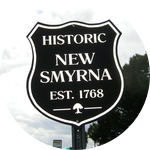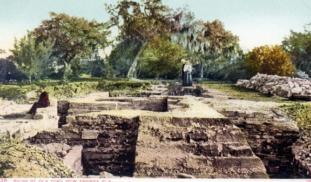Please wait...
About This Project
Coquina is a sedimentary "rock" also called shellstone. There are two large coquina structures that were built during or just after the British colony of Smyrnéa (1768-1777). Each of these sites is plagued by a lack of reliable data. Our research will use a hand held 3D scanner and pattern recognition/enhancement applications to identify the hallmarks of colonial tools/masonry to determine if various coquina materials are remnants of colonial buildings.
More Lab Notes From This Project

Browse Other Projects on Experiment
Related Projects
Coquina in my Backyard: Can photogrammetry and 3D scanning be used to answer a 250 year old enigma?
Coquina is a sedimentary "rock" also called shellstone. There are two large coquina structures that were...





